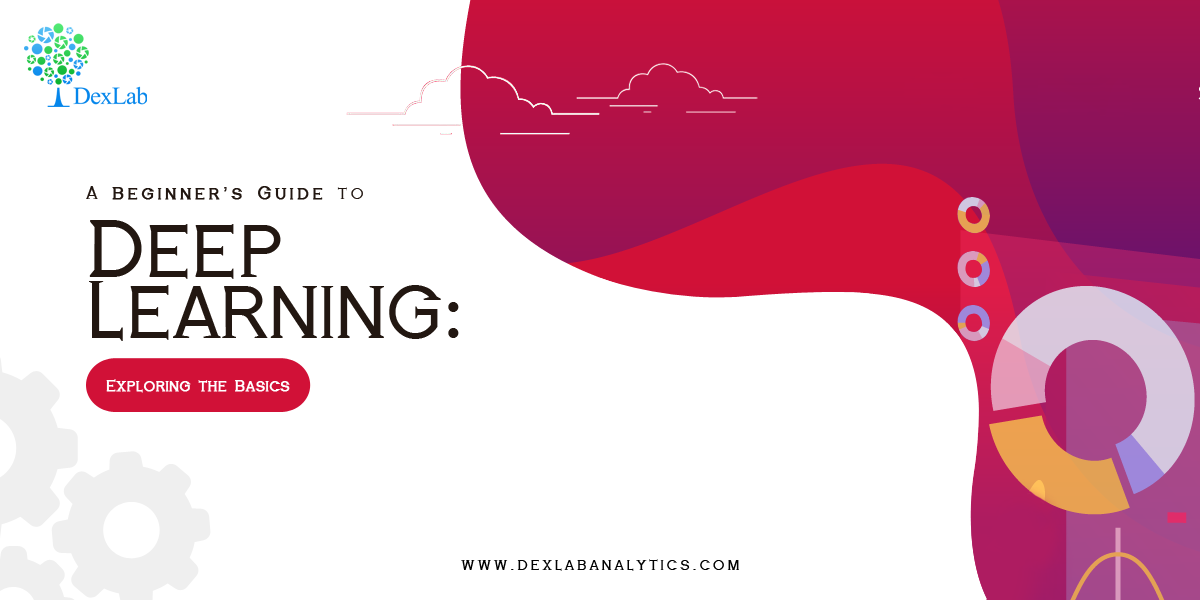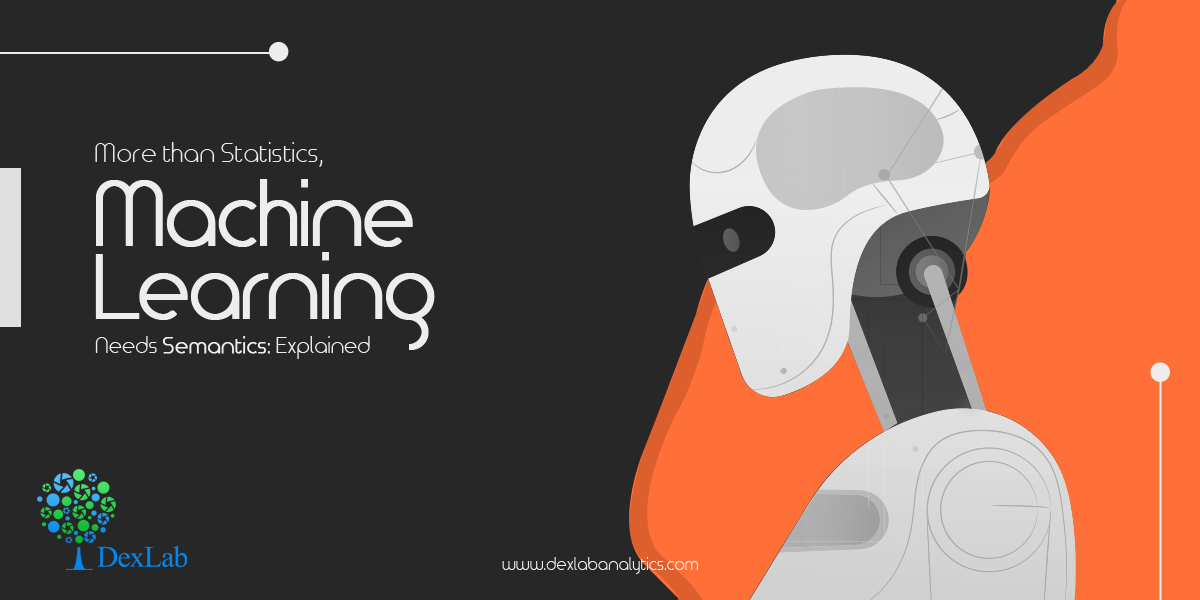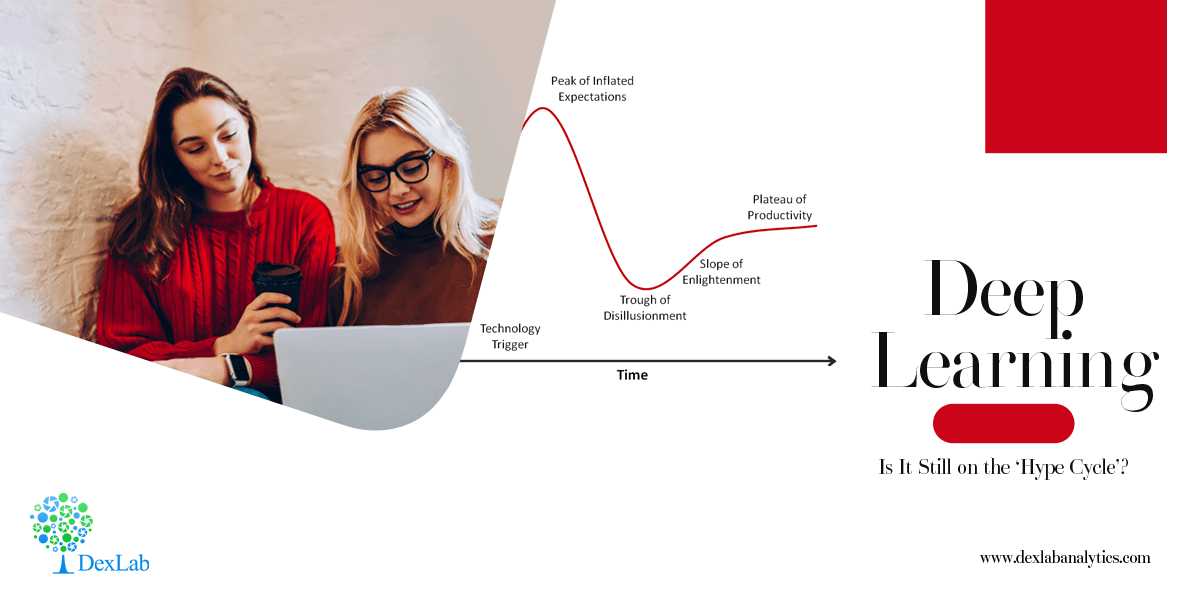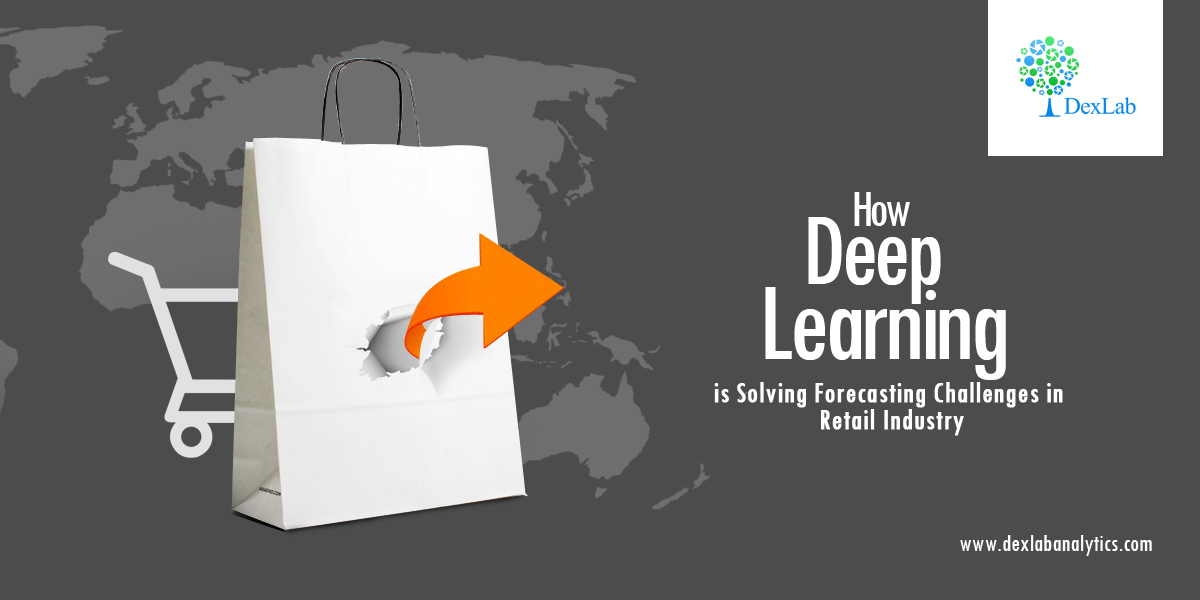
Over the last couple of years, no other part of data science has made progress like Deep Learning has. From self-driving cars to scientific research, deep learning has been the game-changer in almost every innovation made. Day by day, its influence on our way of life is getting stronger!
Deep learning is a vast and complex field having numerous sections. It takes several months of consistent effort to master the basics before delving deeper into the subject. And a thorough understanding of fundamental concepts of calculus and algebra is essential for getting started with deep learning education.
This article discusses the basics of deep learning for newbies.
Machine Leaning Basics
One must be thorough with the basics of machine learning, which includes reinforced, supervised and unsupervised learning, before starting off your deep learning education. Statistical techniques, like linear regression and logistic regression, are greatly needed in this field.
Deep Learning Introduction
First of all, you need to know the various deep learning frameworks. Deep Learning algorithms draw inspiration from artificial neural networks. While there are many free online courses, a professional course from a reputed deep learning training institute is the ideal starting point for beginners. Additionally, you can follow relevant eBooks, like the Neural Networks and Deep Learning PDF by Michael Nielson.
Understanding Neural Networks
Neural networks have a layered outlay and their functioning resembles the neurons of human brain. Neural networks are made up of an input layer, an output layer and a hidden layer, and produce output after receiving an input – just like human mind works. You need to be familiar with techniques of handling and pre-processing data, regularization methods, data augmentation, hyperparameter technique, etc. These functions of artificial neural network are widely employed in deep learning, helping tasks like image and speech recognition.
Convolution Neural Network Basics
An important role in deep learning is played by Convolution Neural Network, which is profusely used in object detections, facial recognition, image recognition and classifications, etc. In deep learning, CNN models work by passing the input image through a string of convoluted layers before classifying it with probabilistic values.
Knowing Sequence Models
If you want to go deeper into deep learning, it is crucial to know how to develop models such as Recurrent Neural Networks (RNNs), and make use of alternatives, like Long Short Term Memory (LSTMs) and Gated Recurrent Unit (GRU). Working with audio applications and music synthesis becomes easier when you understand these models.
Unsupervised Deep Learning
A complex topic, but learning it helps crack otherwise unsolvable problems. Problems that remain unclear even after applying supervised learning methods like biasing can be explained with unsupervised deep learning. One popular algorithm of unsupervised deep learning is Autoencoder neural network.
Know Natural Language Processing
NPL deals with understanding human speech and has many benefits. With the help of computational algorithms, NPL analyzes and represents human language. It can also be employed in dialogue generation, machine translation, etc.
Deep Reinforcement Learning
Deep reinforcement learning has immense potential in deep learning. Reinforcement learning algorithms united with deep learning created AlphaGo, which was successful in defeating the strongest Go players!
Theory isn’t enough; you must implement your deep learning knowledge. And to do that properly, you must be able to use Python.
There’s no need to panic if Python looks like Hebrew at the moment! DexLab Analytics is here to offer expert guidance by skilled industry experts. We offer comprehensive and industry-driven deep learning certification in Gurgaon. You can also check our popular Python certification courses.
Reference: https://www.analyticsindiamag.com/the-best-resources-for-learning-deep-learning-for-beginners/
.




